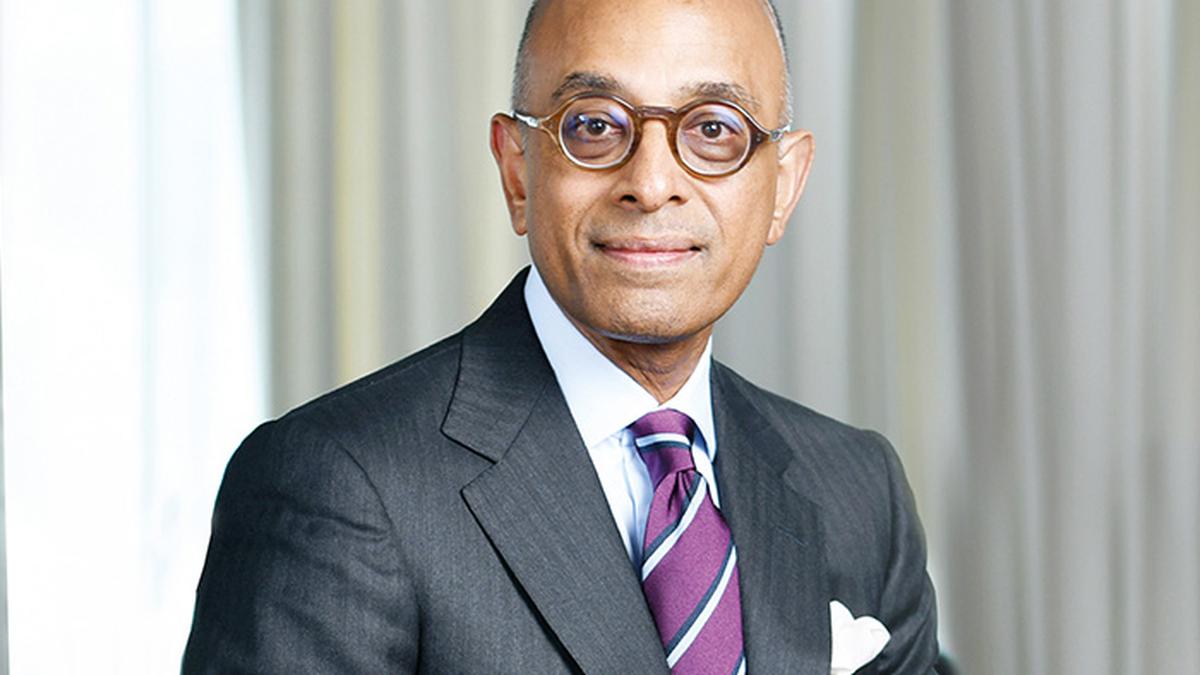The list of 12 Indian banks include UCO Bank, IndusInd Bank Ltd., Union Bank of India Ltd., Canara Bank Ltd., HDFC Bank Ltd., Yes Bank Ltd., State Bank of India, IDBI Bank Ltd., Indian Bank, Punjab National Bank, Bank of Baroda Ltd. and Axis Bank Ltd.
The first official quoted above said that initially India began the rupee trade with Russia because they were facing sanctions, but now other countries—who are facing foreign exchange problems and issues with U.S. dollar and euro mobilization—have also expressed interest in rupee trade.
India’s neighbours including Bangladesh, Sri Lanka and Mauritius along with some African and Gulf countries have expressed interest, the first official said.
The Commerce Ministry is also encouraging rupee trade with many other countries, the second senior official said.
The RBI had allowed domestic banks to open rupee vostro accounts with foreign banks in July 2022, as part of an international trade settlement mechanism.
This is a new initiative and there are teething troubles related to the exchange rate mechanism and repatriation of money. So, it has not fully taken off, the first official quoted above said.
According to the first official, transactions have commenced and there are isolated instances where banks have started it, though it has not been launched on a large scale. Early rupee traders include a few marble exporters in Jaipur.
The first official quoted above said that they are in contact with banks, RBI and stakeholders (exporters) to ensure that this takes off gradually.
For now, banks have been told to identify a nodal officer, who will sort out issues pertaining to special vostro accounts between exporters and if they require clarification from the RBI.
The Commerce Ministry is likely to continue holding periodic meetings with export promotion councils, Department of Financial Services and RBI to smoothen the process.




)
)




